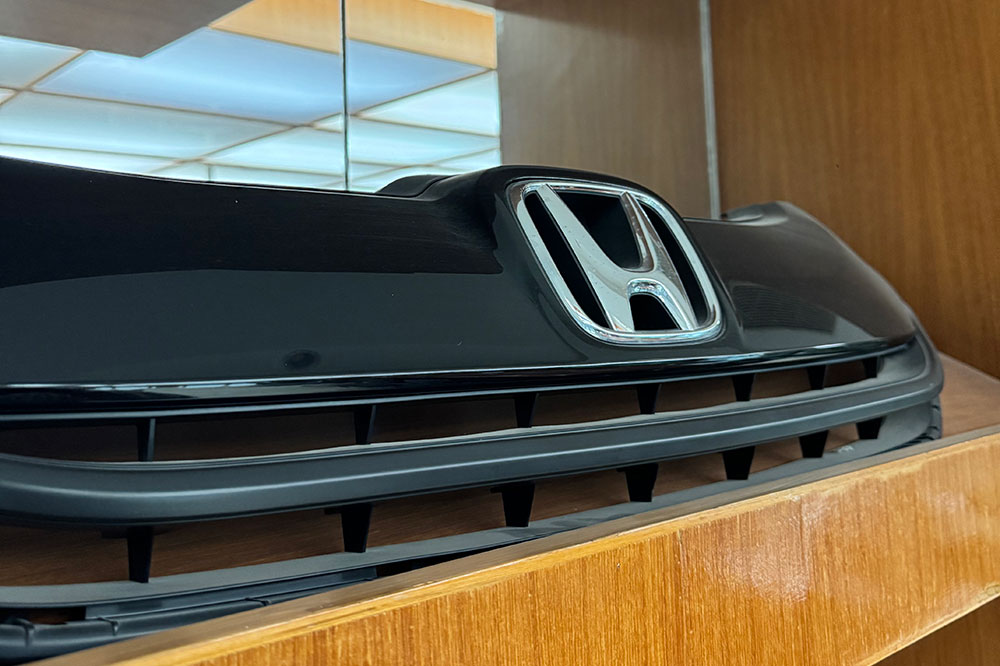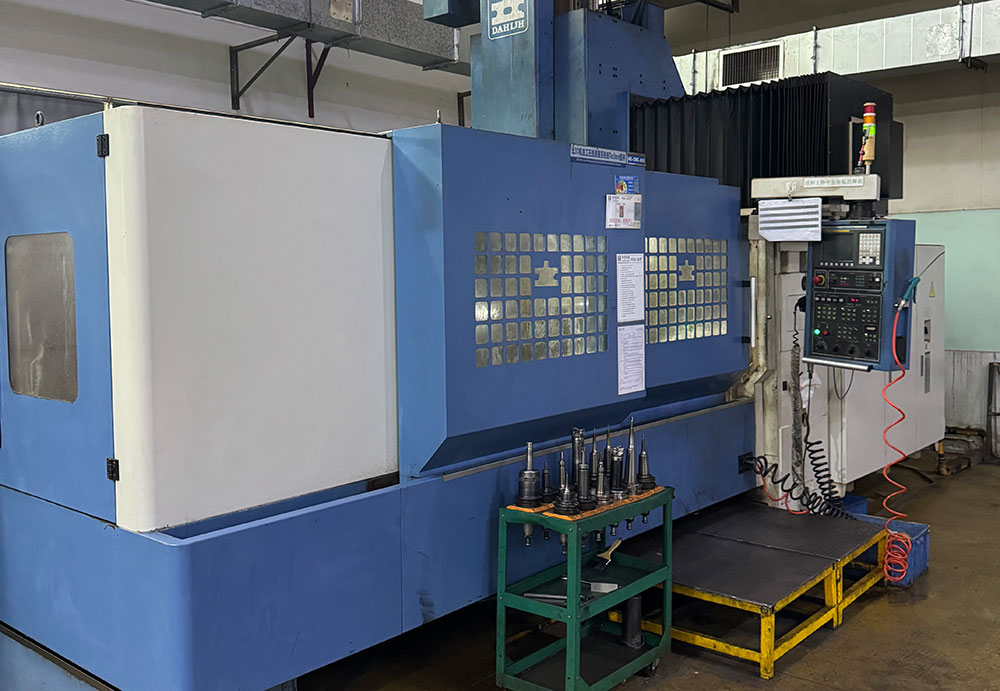Injection Molding in Automotive Industry: Applications, Benefits, and Materials
Introduction to Injection Molding in Automotive Industry
Injection molding is one of the most widely used plastic manufacturing processes in the automotive industry. It provides an efficient, scalable, and cost-effective solution for producing high-quality plastic auto components in bulk. Given the industry’s stringent requirements for safety, precision, and durability, injection molding in automotive industry has become an essential manufacturing technique.
This article explores various aspects of injection molding in automotive industry, including its history, advantages, applications, alternative prototyping solutions, materials used, and why Huazhi Technology is your best choice for automotive plastic injection molding services.
History of Injection Molding in Automotive Industry

Early Use of Plastics in Cars
In the early days of the automotive industry, cars were predominantly made of metal, making them heavy and inefficient in fuel consumption. However, with the rise of the plastics industry in the 1940s and 1950s, automotive manufacturers began exploring plastic components to reduce weight and production costs.
By the 1970s, plastic trim elements became common in vehicles. In the 1980s, functional parts such as bumpers, headlights, and fenders were also being produced using injection molding. By the early 2000s, plastic structural components started replacing metal parts, improving fuel efficiency and lowering production costs.
Modern-Day Injection Molding in Automotive Industry
Today, automotive manufacturers rely heavily on injection molding to produce various plastic components, from interior trims to under-the-hood parts. The process allows for mass production with exceptional consistency, making it the preferred method for many automotive applications.
Advantages of Injection Molding in Automotive Industry
Injection molding offers several advantages for producing plastic automotive parts:
1. High Repeatability
Automotive manufacturers require high precision and consistency in parts production. Injection molding uses durable metal molds that ensure uniformity across all components, reducing variations and defects.
2. Cost-Effective for Mass Production
While the initial mold fabrication cost can be high, injection molding becomes cost-efficient in large-scale production. The more parts manufactured, the lower the per-unit cost.
3. Wide Range of Materials
Injection molding is compatible with various plastics, including ABS, polypropylene, acrylic, polycarbonate, and nylon. This flexibility allows manufacturers to select materials based on performance requirements.
4. Excellent Surface Finishes
Injection-molded parts can achieve high-quality surface finishes with different textures, from glossy to matte. The finish is determined by the mold itself, eliminating the need for secondary processing.
5. Customizable Color Options
Unlike metal parts that require painting, plastic components can be manufactured in different colors by mixing pigments into raw materials before the molding process. This ensures long-lasting color without the need for additional coatings.
6. Rapid Prototyping for Faster Product Development
Automotive manufacturers use injection molding not only for large-scale production but also for prototyping. By utilizing rapid tooling techniques like CNC-machined aluminum molds, manufacturers can quickly create prototype parts for testing and design validation.
Applications of Injection Molding in Automotive Production

Injection molding is used in various automotive components, including:
1. Under-the-Hood Components
-
Engine covers
-
Oil pans
-
Cylinder head covers
-
Fuel system components
Many under-the-hood parts were traditionally made from metal but have been replaced with high-strength plastic composites, reducing weight and cost.
2. Exterior Automotive Parts
-
Bumpers
-
Fenders
-
Grilles
-
Light covers
Exterior parts must withstand harsh environmental conditions. Materials like ABS and polycarbonate are commonly used due to their impact resistance and durability.
3. Interior Automotive Components
-
Dashboards
-
Door panels
-
Center consoles
-
Ventilation system parts
Injection molding allows manufacturers to create visually appealing and functional interior components with high-quality finishes.
Alternative Low-Cost Prototyping for Auto Parts
Although injection molding is the preferred production method, alternative prototyping techniques are used for small-scale production and testing:
1. 3D Printing
-
Suitable for concept validation
-
Cost-effective for low-volume production
-
Ideal for complex geometries
2. CNC Machining
-
High precision and durability
-
Used for prototype mold fabrication
-
Suitable for metal-replacement parts
These alternatives help manufacturers test new designs before committing to full-scale injection molding production.
Materials Used in Automotive Injection Molding
Selecting the right material is crucial for ensuring durability, safety, and performance. Here are some common plastics used in automotive injection molding:
| Material | Common Applications |
|---|---|
| ABS (Acrylonitrile Butadiene Styrene) | Dashboards, trim panels, protective casings |
| Polypropylene (PP) | Bumpers, battery casings, fluid reservoirs |
| Polycarbonate (PC) | Headlight covers, sunroof panels, instrument clusters |
| Nylon (PA) | Engine covers, fuel system components, gears |
| Polyurethane (PU) | Seats, suspension bushings, gaskets |
| Polyvinyl Chloride (PVC) | Interior trims, wire insulation, dashboard covers |
Huazhi’s Automotive Plastic Injection Molding Services
At Huazhi Technology, we specialize in high-precision injection molding for automotive applications, offering the following services:
-
Custom Mold Design & Fabrication: We create molds tailored to your design specifications.
-
Mass Production of Plastic Auto Parts: Our advanced machinery ensures high-volume production with consistent quality.
-
Material Selection & Engineering Support: We help you choose the best plastic for your application.
-
Surface Finishing & Secondary Processing: From texturing to painting, we provide finishing solutions to meet your design requirements.
Why Choose Huazhi Technology?
✅ Decades of experience in automotive injection molding
✅ Advanced manufacturing technology and quality control
✅ High-capacity production with fast turnaround times
✅ Competitive pricing and cost-effective solutions
🚀 Looking for reliable automotive plastic injection molding services? Contact us today for a consultation! 🚀
Conclusion
With advancements in material science, precision engineering, and automated manufacturing, injection molding in the automotive industry continues to be a key driver of innovation.
Huazhi Technology provides custom injection molding solutions tailored to the unique requirements of automotive manufacturers. Our state-of-the-art injection molding facilities ensure high-quality production, rapid turnaround times, and cost-effective manufacturing solutions.
FAQs About Injection Molding in Automotive Industry
Q1: What is the main benefit of injection molding in automotive industry?
Injection molding provides a cost-effective and scalable method to manufacture lightweight, durable, and high-precision plastic parts.
Q2: How does injection molding help in reducing vehicle weight?
Plastic components replace traditional metal parts, reducing overall vehicle weight and improving fuel efficiency.
Q3: What are the most commonly used plastics in automotive injection molding?
ABS, polypropylene, nylon, polycarbonate, polyurethane, and PVC are among the most widely used materials.
Q4: Can injection molding be used for small-batch automotive parts?
Yes, rapid tooling and prototype molds allow for low-volume production at reduced costs.
Q5: How can I get a quote for custom injection-molded auto parts?
Contact Huazhi Technology today for a free consultation and quote!

